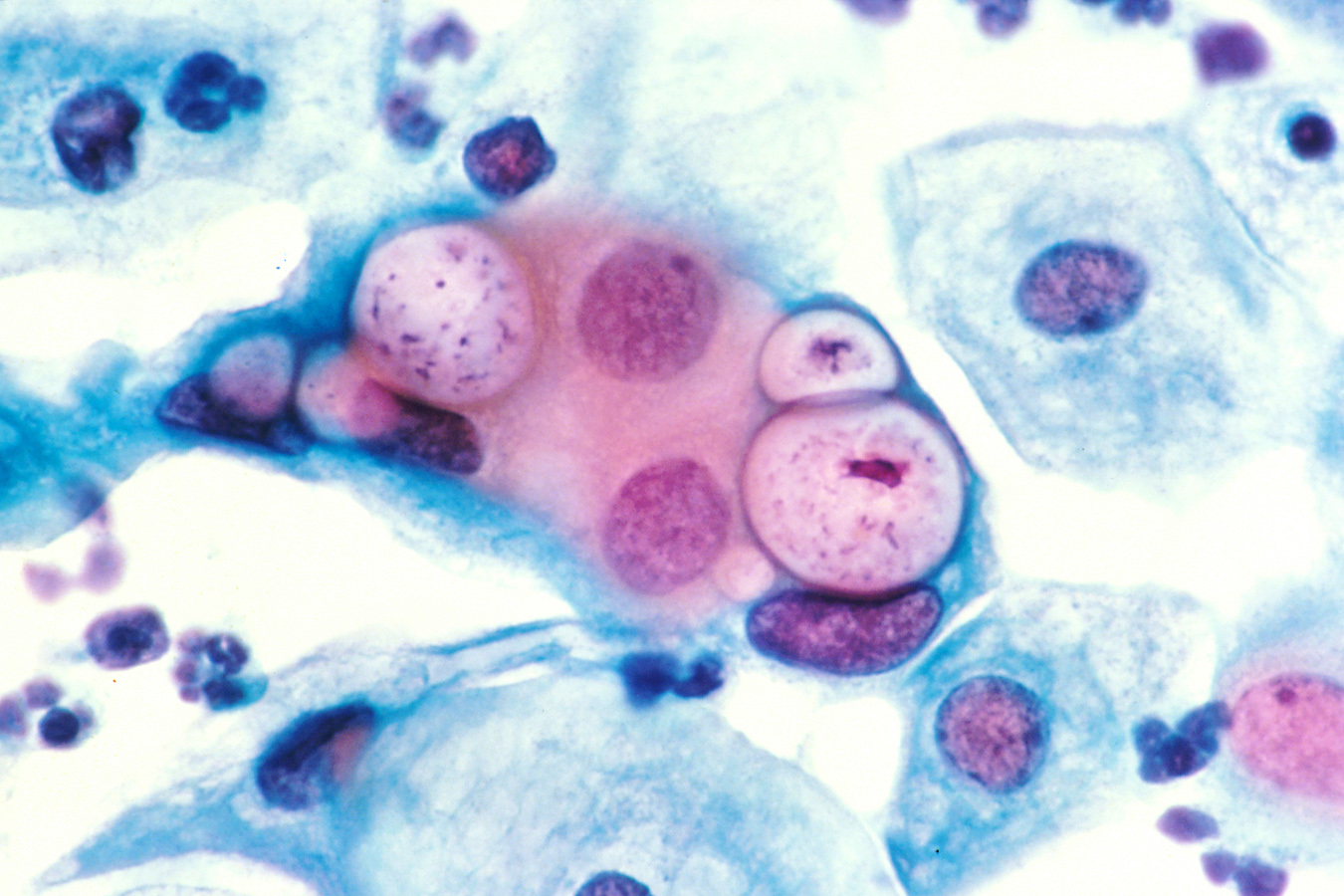Hijacked By STIs: Infections That Spread By Increasing The Host’s Interest In Sex
April 21, 2014 by Justin Lehmiller
Bacteria and viruses are crafty little organisms. They need to be spread quickly from host to host in order to survive, so they tend to evolve in ways that ensure fast and efficient transmission. Sexually transmitted infections (STIs) are no exception. Consider this: part of the reason STIs are so widely spread in humans is because many infections (e.g., chlamydia, gonorrhea, HIV) take weeks or months (or even longer) for symptoms to set in, but during that entire period of time, the host remains highly infectious. For an STI to be spread even faster, all it would have to do is capitalize on this asymptomatic period by working as an aphrodisiac and increasing the host’s desire for sex. Although I am not aware of any research suggesting that STIs increase libido in humans to help them infect even more people, research has found an STI in crickets that seems to do something like this.
In a new study published in the Journal of Experimental Biology, researchers studied crickets that had contracted a virus known as IIV-6/CrIV (I know—the name isn’t quite as catchy as, say, herpes). Scientists observed that this virus, spread through sexual contact, had the effect of making the host infertile. Specifically, in females, egg production dramatically dropped off. In males, sperm were still produced, but they showed almost no movement at all, rendering them incapable of fertilizing eggs.
Although the virus had debilitating effects on the reproductive system, infected crickets generally looked and acted like healthy crickets. They continued to eat, they maintained their body weight, and they displayed mostly normal cricket-like behavior. So, they certainly didn’t appear sick.
The only major difference observed was in the mating behaviors of infected male crickets. Those that had the STI were much faster to “get it on” than the healthy males. Consider this: when the researchers paired an uninfected male with a female, the males waited around 10 minutes before they began their mating call (male crickets “sing” to the females that they’re courting). In contrast, when a male was infected with IIV-6/CrIV, he stared singing in about 3 minutes! Presumably, by being faster to mate, these crickets would likely have more opportunities for sex and, therefore, greater odds of spreading the infection than they otherwise would.
The researchers also looked at the mating behavior of male crickets that had a totally different infection (not an STI) and found that those males waited even longer than the healthy males to sing (about 13 minutes). So, it’s not the case that sickness in general leads males crickets to mate faster.
The virus did not appear to have any effects of female sexual behavior. Females responded the same regardless of whether they were infected—the only change observed was in the males’ sexual behavior.
Exactly how this virus alters male crickets’ sexual behavior remains unclear; however, the virus appeared to be centralized in a structure known as the “fat body,” which not only stores fat (hence the name), but produces proteins, including the proteins necessary for proper functioning of the immune system. By regulating protein production, the virus may have been able to bend the immune system to its will, which could explain why the hosts did not appear sick. Controlling this protein-production center may have also given the virus a way to communicate with the host’s nervous system, thereby altering its behavior.
Although there’s still a lot we don’t understand about the mechanism, this certainly wouldn’t be the first virus we’ve seen with the ability to direct a host’s behavior for its own benefit (e.g., the rabies virus actually does something very similar—by increasing aggressiveness in the host, it leads to more fighting and biting, which spreads the virus faster). Again, I’m not aware of any STIs in humans that operate this way, but it is an intriguing possibility that merits further exploration.
Want to learn more about The Psychology of Human Sexuality? Click here for previous articles or follow the blog on Facebook (facebook.com/psychologyofsex), Twitter (@JustinLehmiller), or Reddit (reddit.com/r/psychologyofsex) to receive updates.
To read more about this research, see: Adamo, S. A., Kovalko, I., Easy, R. H., & Stoltz, D. (in press). A viral aphrodisiac in the cricket Gryllus texensis. The Journal of Experimental Biology. doi: 10.1242/ jeb.103408
Image Source: Dr. Lance Liotta Laboratory, via National Cancer Institute Visuals Online
You Might Also Like:

Dr. Justin Lehmiller
Founder & Owner of Sex and PsychologyDr. Justin Lehmiller is a social psychologist and Research Fellow at The Kinsey Institute. He runs the Sex and Psychology blog and podcast and is author of the popular book Tell Me What You Want. Dr. Lehmiller is an award-winning educator, and a prolific researcher who has published more than 50 academic works.
Read full bio >


